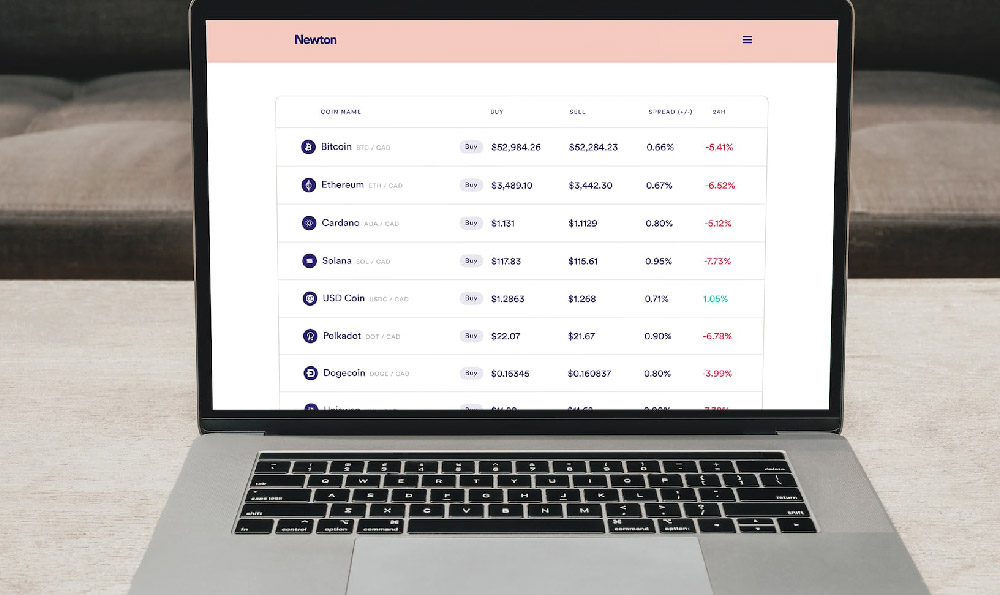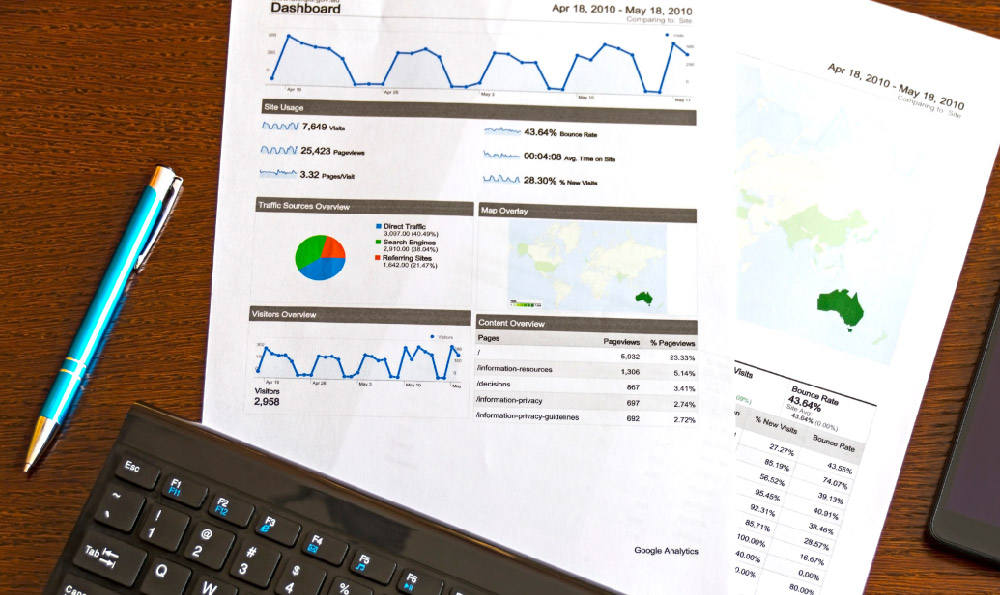Fidelity Mutual Funds stand as a cornerstone of the investment landscape, offering a diverse range of options for individuals seeking to grow their wealth. Understanding what they are, the types available, and how to invest in them is crucial for building a well-rounded investment portfolio.
At their core, Fidelity Mutual Funds are investment vehicles that pool money from numerous investors to purchase a diversified portfolio of securities, such as stocks, bonds, and other assets. Fidelity Investments, one of the world's largest asset managers, manages these funds, employing teams of experienced professionals to make investment decisions on behalf of the fund shareholders. The advantage for investors is immediate diversification, professional management, and access to markets and asset classes that might be otherwise difficult to navigate individually.
The spectrum of Fidelity Mutual Funds is broad, catering to various investment goals, risk tolerances, and time horizons. Some of the most popular and prevalent categories include:

-
Equity Funds: These funds primarily invest in stocks, aiming for capital appreciation. Within this category, there are sub-categories like growth funds, value funds, and blend funds. Growth funds focus on companies expected to exhibit rapid earnings growth, while value funds target undervalued companies. Blend funds combine both strategies. Further diversification can be found in sector-specific equity funds (e.g., technology, healthcare) or those focused on specific market capitalization sizes (e.g., large-cap, small-cap).
-
Bond Funds: These funds invest primarily in bonds, seeking income and stability. Bond funds can focus on different types of bonds, such as government bonds, corporate bonds, or municipal bonds, each with varying levels of risk and return. Interest rate sensitivity and creditworthiness of the bond issuers are key factors in evaluating bond funds.
-
Target Date Funds: These funds are designed for retirement savers and automatically adjust their asset allocation over time. As the target retirement date approaches, the fund gradually shifts from a more aggressive allocation (higher equity exposure) to a more conservative one (higher bond exposure). This "glide path" simplifies retirement planning for investors who prefer a hands-off approach.
-
Index Funds: These funds aim to replicate the performance of a specific market index, such as the S&P 500. They offer low expense ratios and broad market exposure, making them a popular choice for passive investors. Because they simply mirror an index, active management costs are minimal.
-
Balanced Funds: These funds maintain a mix of stocks and bonds, providing a balance between growth potential and risk mitigation. The specific allocation between stocks and bonds can vary depending on the fund's objective.
-
Money Market Funds: These funds invest in short-term, highly liquid debt securities, offering a safe haven for cash. They typically provide a modest return and are suitable for short-term savings goals.
Investing in Fidelity Mutual Funds involves several steps. The first, and perhaps most important, is defining your investment goals, risk tolerance, and time horizon. Are you saving for retirement, a down payment on a house, or another specific objective? How comfortable are you with the potential for market fluctuations? How long do you have until you need to access the funds? Answering these questions will help you narrow down the appropriate fund categories and specific funds that align with your needs.
Next, research and evaluate different Fidelity Mutual Funds. Analyze their historical performance, expense ratios, fund manager tenure, and investment strategies. Fidelity provides ample information on its website, including fund fact sheets, prospectuses, and performance data. Third-party resources like Morningstar and Lipper also offer independent fund ratings and analyses. Pay close attention to the expense ratio, which is the annual fee charged to cover the fund's operating expenses. Lower expense ratios generally lead to higher returns over the long term.
Once you've identified the funds you want to invest in, you can open an account directly with Fidelity or through a brokerage account. You'll need to provide personal information and funding details. You can then purchase shares of the chosen funds. Many investors opt for automatic investments, setting up a recurring schedule to invest a fixed amount each month or quarter. This strategy, known as dollar-cost averaging, can help smooth out the impact of market volatility by purchasing more shares when prices are low and fewer shares when prices are high.
It's crucial to regularly monitor your investments and rebalance your portfolio as needed. Market conditions and your personal circumstances can change over time, requiring adjustments to your asset allocation. Rebalancing involves selling some investments and buying others to maintain your desired asset mix. For example, if your equity holdings have significantly outperformed your bond holdings, you might sell some equities and buy more bonds to bring your portfolio back into balance.
Beyond the mechanics of buying and selling shares, understanding the inherent risks associated with mutual funds is paramount. Market risk, interest rate risk, and credit risk are just a few of the factors that can impact fund performance. No investment is guaranteed, and it's important to be prepared for potential losses. Furthermore, consider the tax implications of your investments. Mutual fund distributions, such as dividends and capital gains, are typically taxable. Investing in tax-advantaged accounts, such as 401(k)s or IRAs, can help minimize your tax burden.
In conclusion, Fidelity Mutual Funds provide a versatile and accessible way to invest in a diversified portfolio. By understanding the different types of funds, carefully evaluating your investment goals and risk tolerance, and monitoring your investments regularly, you can leverage Fidelity's expertise to build a solid financial foundation and achieve your long-term objectives. Remember to consult with a financial advisor if you need personalized guidance. They can help you assess your individual situation and develop a customized investment strategy that aligns with your specific needs and circumstances. Diversification does not ensure a profit or protect against a loss. Before investing, consider the fund's investment objectives, risks, charges, and expenses. Contact Fidelity for a prospectus or, if available, a summary prospectus containing this information. Read it carefully.












